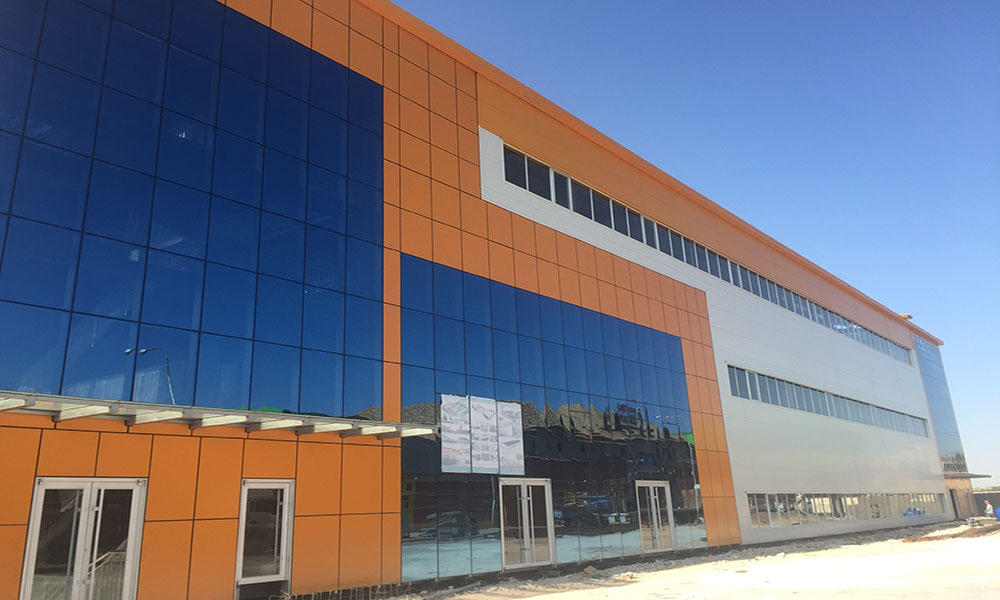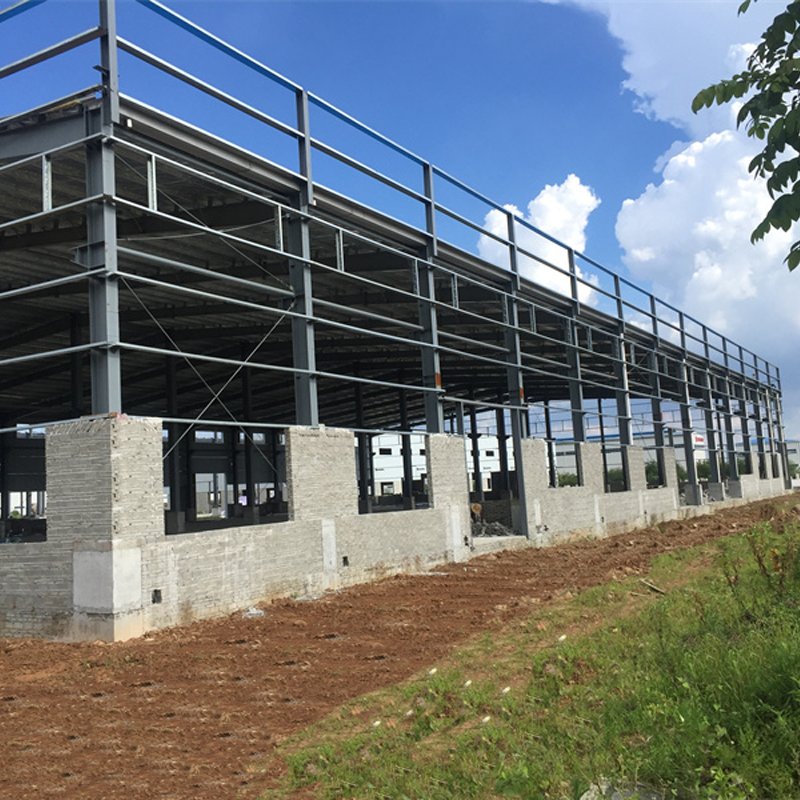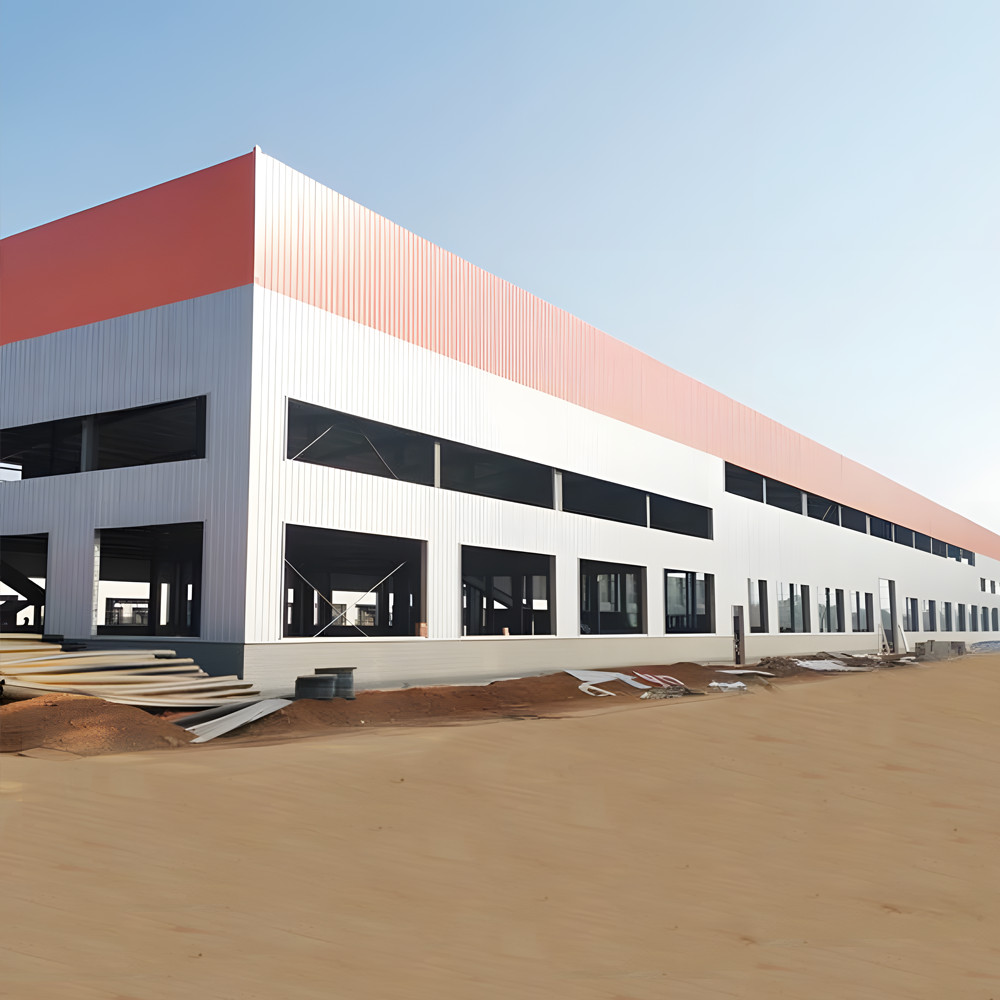Outlook for Steel-framed Housing in the Future

Steel-framed housing, visually resembling the construction of a house through the method of building blocks, involves completing the assembly of major components such as interior and exterior wall panels, floor slabs, staircases, beam-column assemblies, connection nodes, as well as functional spaces like bathrooms and kitchens, in a factory setting. The entire residential building is then completed through on-site assembly. Since all components are processed in the factory, this significantly reduces the amount of on-site construction work, avoids environmental pollution, and saves on the construction timeline. Standardized design and construction make it easier to ensure the quality and safety of buildings, leading to its widespread application in industrially developed countries.
Compared to developed countries, the proportion of steel-framed buildings in China remains very low. The amount of steel used in steel structures in China only accounts for 20% of total steel production, while pure steel used in steel structures (such as plates and steel sections) only accounts for 1.5% to 2% of the steel used in construction and 60% to 70% of the completed building area. Nearly all residential buildings are reinforced concrete structures, with a very low proportion of steel structures.

Currently, the floor slabs used in steel-framed housing mainly include cast-in-situ composite slabs with profiled steel sheets, prestressed large slabs, laminated slabs, and steel truss slabs. Cast-in-situ composite slabs require on-site steel binding, which results in a longer construction cycle and is not conducive to productization. The use of prestressed large slabs is limited in scope. Laminated slabs and steel truss slabs represent two new development directions. Steel truss slabs, which involve welding steel trusses onto factory-produced base plates, can reduce the amount of on-site steel binding.
Currently, in anticipation of the promising outlook for prefabricated steel-framed housing, many companies are dedicated to developing related prefabricated products. However, most of them focus on a specific aspect of product development, lacking systematic research. Standards and norms related to the design and construction of prefabricated steel-framed housing, as well as related construction techniques, methods, and safety procedures, have not yet been established. The industry or construction enterprise groups need to take the lead in formulating corresponding standards to guide the direction of product design and development.




